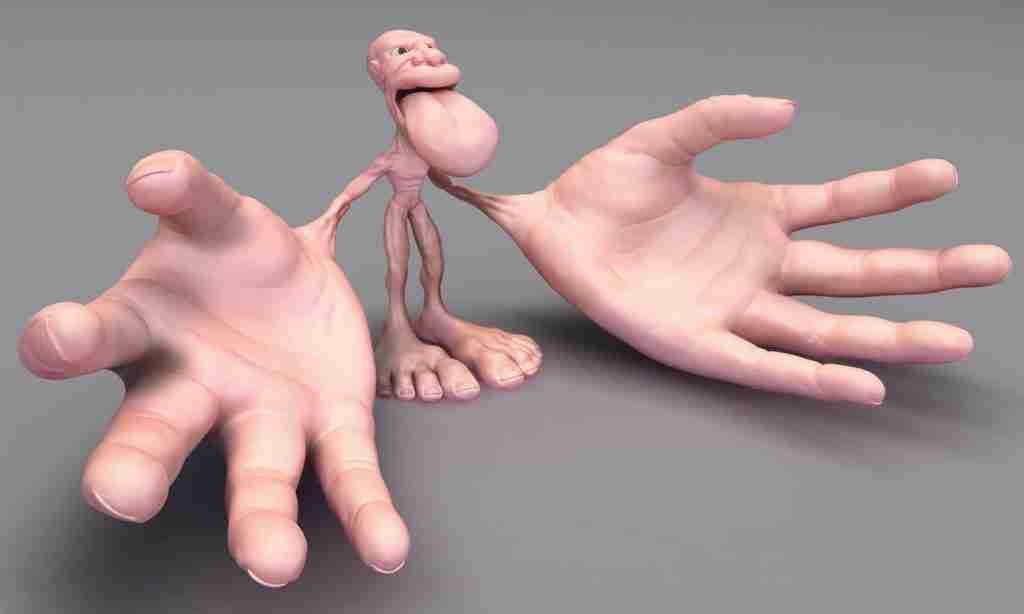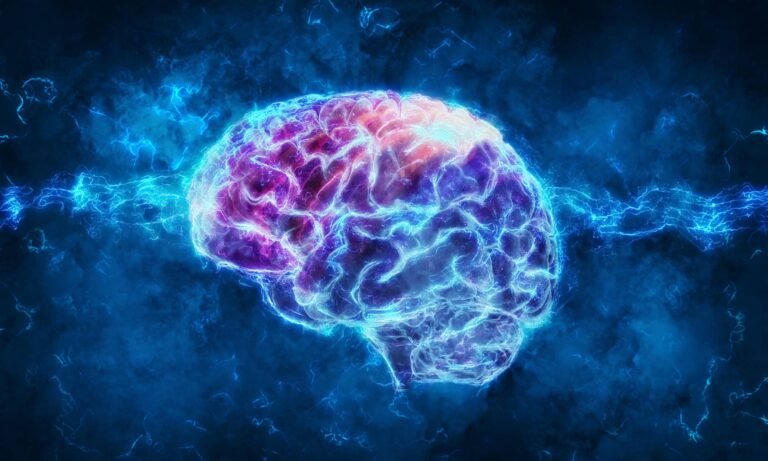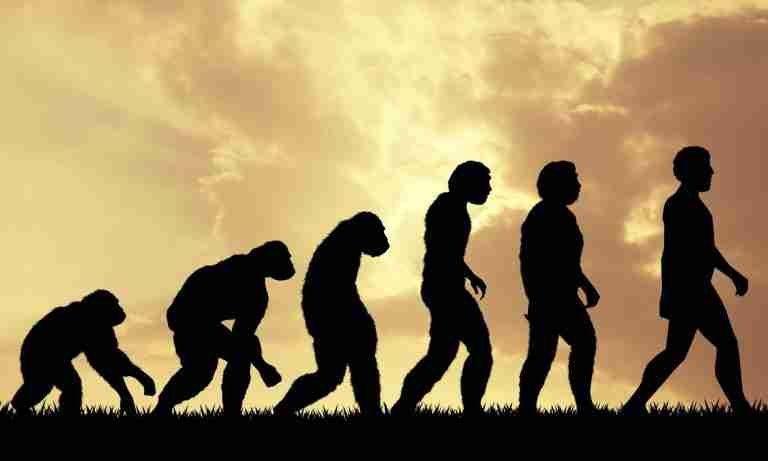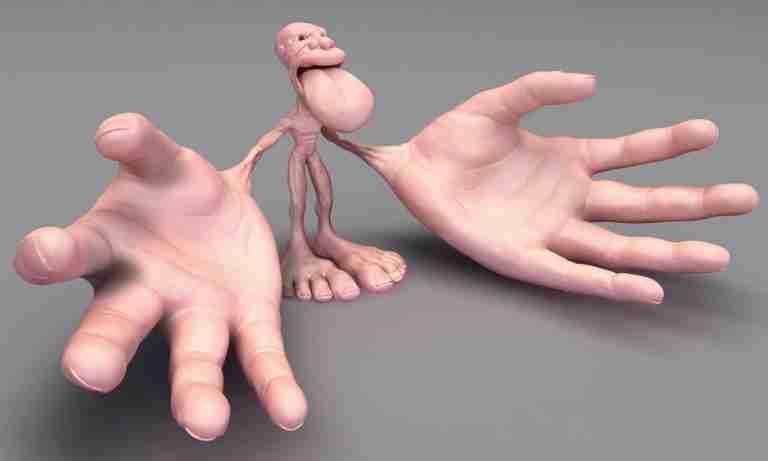Human DNA, or deoxyribonucleic acid, is the genetic material that serves as the instruction manual for our body. Composed of long chains of nucleotides, DNA contains the specific sequences that dictate everything from physical traits to biological functions. Each cell in the human body contains DNA, making it a fundamental aspect of our identity. Here are some key points about human DNA:
Structure
- Double Helix: Human DNA has a double helix structure, consisting of two long strands of nucleotides twisted around each other.
- Nucleotides: Each nucleotide is composed of a sugar molecule (deoxyribose), a phosphate group, and a nitrogenous base. The four nitrogenous bases are adenine (A), thymine (T), cytosine (C), and guanine (G).
- Base Pairing: The bases pair specifically (A with T, and C with G) through hydrogen bonds, forming the rungs of the DNA ladder.
Genetic Information
- Genes: DNA contains segments called genes, which are instructions for making proteins. Humans have about 20,000-25,000 genes.
- Genome: The entire set of DNA in a human is called the genome. The human genome contains approximately 3 billion base pairs.
- Chromosomes: Human DNA is organized into 23 pairs of chromosomes, found in the nucleus of each cell.
Function
- Protein Synthesis: DNA directs the synthesis of proteins through transcription (copying DNA to mRNA) and translation (reading mRNA to make proteins).
- Replication: DNA can replicate itself, ensuring that each new cell receives an exact copy of the genetic material.
- Inheritance: DNA is passed from parents to offspring, carrying hereditary information.
Variability And Mutations
- Genetic Variation: Differences in DNA sequences among individuals contribute to genetic diversity and can influence traits and susceptibility to diseases.
- Mutations: Changes or mutations in the DNA sequence can occur due to errors during replication or exposure to environmental factors. Some mutations can lead to genetic disorders or cancer.
Techniques And Applications
- Genetic Testing: Used to diagnose genetic disorders, determine ancestry, and identify individuals in forensic science.
- Gene Therapy: Experimental techniques that involve altering genes to treat or prevent diseases.
- CRISPR: A powerful tool for editing genes, allowing precise modifications to DNA.
Epigenetics
- Regulation: Not all genes are active at all times. Epigenetic mechanisms, such as DNA methylation and histone modification, regulate gene expression without changing the DNA sequence.
- Environmental Influence: Lifestyle and environmental factors can influence epigenetic changes, affecting gene expression and potentially leading to disease.
Results
The exploration of human DNA has yielded profound insights into our biology and history. The completion of the human genome mapping has filled in crucial gaps, likened to adding a missing continent to an incomplete map, which could revolutionize our understanding of human development, disease, and diversity. This milestone builds on the foundational work of the Human Genome Project, which mapped 3.2 billion base pairs and identified the genes that orchestrate the complex symphony of life. As we continue to unravel the mysteries of DNA, we stand on the brink of new discoveries that could transform medicine, anthropology, and our conception of what it means to be human.
What’s Next
Human DNA research has advanced with technologies like CRISPR (Clustered Regularly Interspaced Short Palindromic Repeats”), opening possibilities in medicine, agriculture, and therapy. Genetic therapies aim to correct disorders, while personalized medicine improves treatment efficacy. The future holds immense potential but also ethical challenges, such as consent and genetic enhancement. Responsible navigation and societal engagement are crucial to ensure positive advancements. Continued dialogue and collaboration among scientists, ethicists, and the public will be essential in shaping the responsible future of genetic research.
What’s More
The posts in My Blog feature reflective, story-driven pieces rooted in personal and societal insights.
The topics in My Interests explore abstract, philosophical ideas and their cultural and societal impact.















